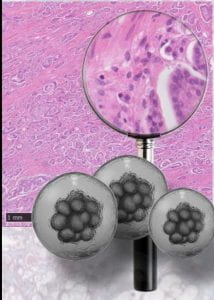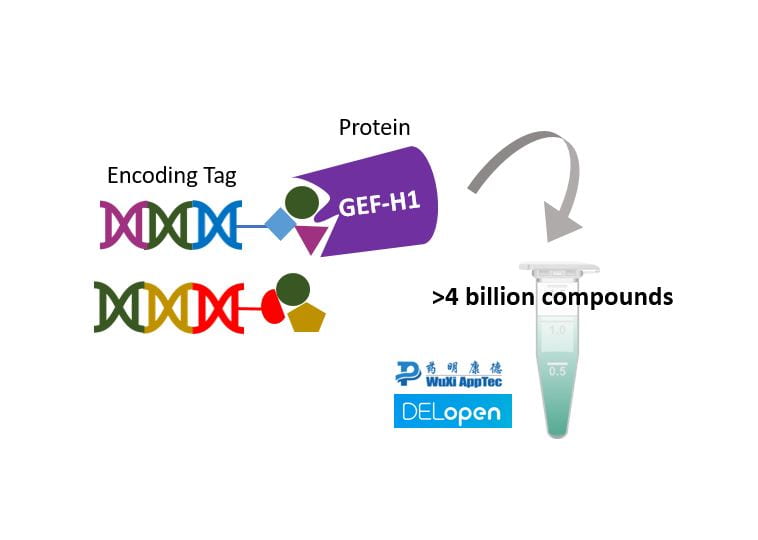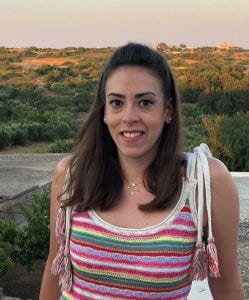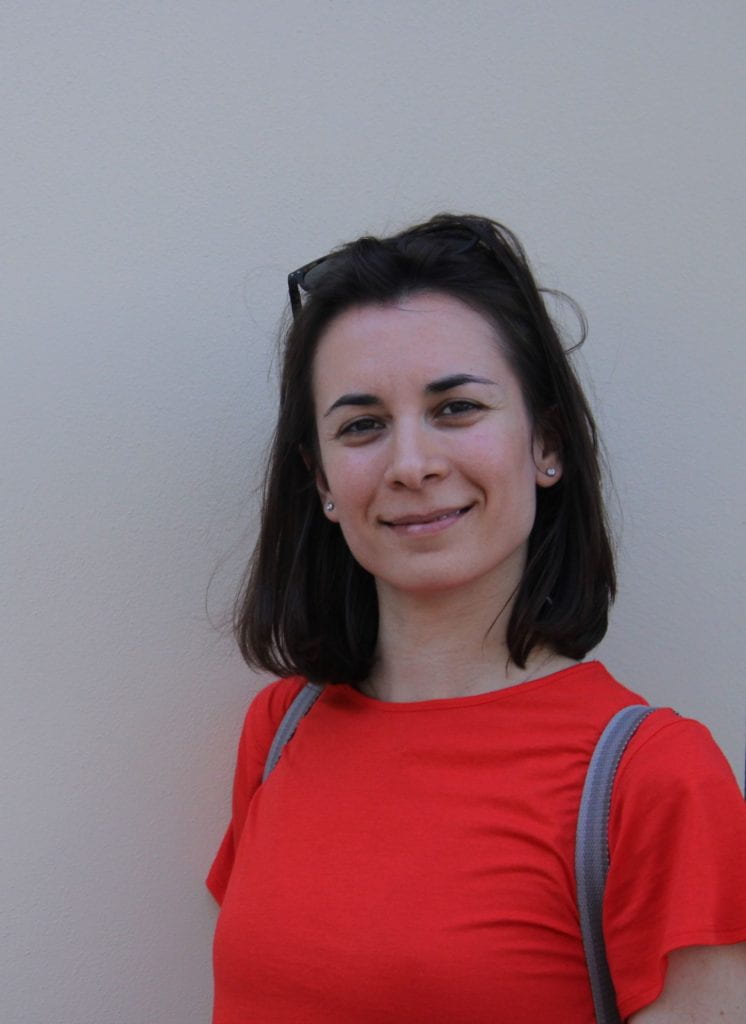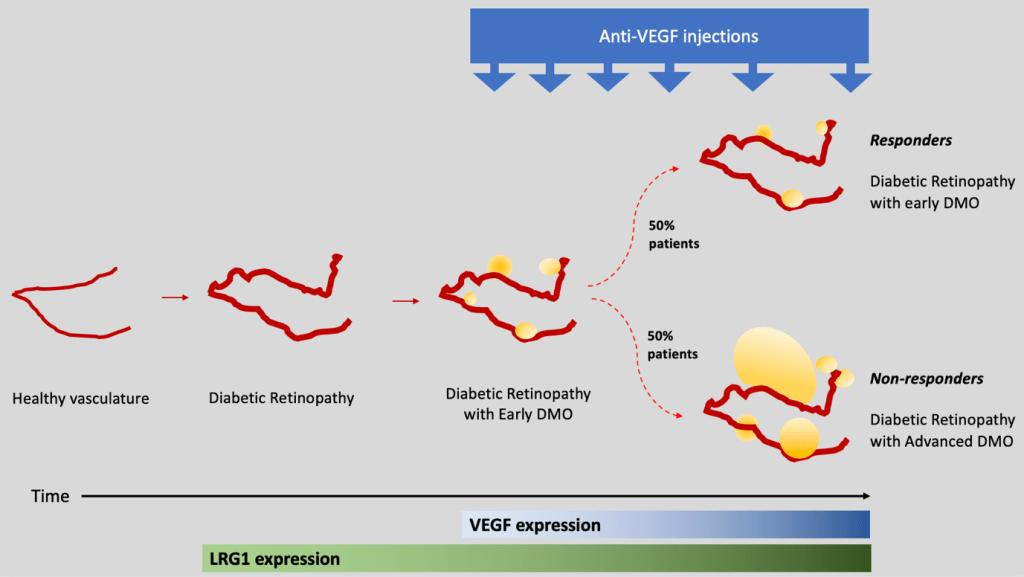Early Career Innovators: Repurposing Ibuprofen-similar drugs for Nerve Regeneration, Repurposing TIN
By Alina Shrourou, on 15 March 2021
In this Repurposing TIN interview as part of the Early Career Innovators series, acknowledging the amazing translational work being done by early career and non-tenured researchers within the UCL Therapeutic Innovation Networks (TINs), Dr Melissa Rayner highlights her Repurposing TIN Pilot Data Fund awarded project, establishing a relationship between a drug’s affinity for PPARγ and nerve regeneration.
What is the title of your project and what does it involve?
The title of the project is ‘Investigating the correlation between PPARγ affinity and nerve regeneration’. Previous studies I conducted demonstrated the beneficial effects of the PPARγ agonist, ibuprofen, on regeneration and functional recovery following a peripheral nerve injury. However, in vitro data has shown that PPARγ agonists with a higher affinity correlate to greater regeneration. Therefore this study will allow us to determine whether a corresponding correlation occurs in vivo. Once this is established the optimal drug could be taken forward and developed to be delivered locally to an injured nerve through a biomaterial or injection.
What is the motivation behind your project/therapeutic?
Peripheral nerve injuries have a high prevalence and can be debilitating, resulting in life‐long loss or disturbance in function, which compromises quality of life for patients. Current therapies use microsurgical approaches to repair the nerve but there is the potential for enhancing recovery through other therapies. Following an injury, a repaired nerve can regenerate and grow back to the target organ (e.g. muscle or skin) to restore function, however, outcomes are generally poor with incomplete restoration of function. This is due to regeneration being remarkably slow, ~1mm/day. The problem is that there are no current treatments available to increase this regeneration rate. The research we have done has identified drugs and a local delivery platform that could provide a therapy for this clear clinical need.
Why did you want to apply to the Repurposing TIN Pilot Data Fund?
Following an initial experiment that I conducted during my PhD I had found an interesting correlation between a drug’s affinity for PPARγ and its capacity to increase nerve regeneration. I wanted to confirm whether this correlation is reproduced in vivo but unfortunately I had no funding to conduct the study. I applied for the TIN pilot fund so I was able to take this work forward and move it closer to the clinic. In addition, the TIN pilot fund gave me an opportunity to apply for a grant as the lead applicant which is a stepping stone in my development towards my goal of building an independent research career.
The UCL TINs are hoping to run another round of Pilot Data Funds in the summer. Subscribe to the TINs newsletter to keep updated.
How did you find the process for the TIN Pilot Data Fund? What did you learn?
The application process gave me the opportunity to write my first grant application as a lead applicant. Furthermore, the application process involved a Dragon’s Den event where we had to pitch our project/therapeutic. This was a new experience and allowed me to develop a lot of new skills. I had the great opportunity to attend an ACCELERATE pitching coaching session and receive one-to-one feedback on my presentation style.
What do you hope to achieve in the 6 months duration of your project?
I hope to be able to establish a relationship between a drug’s affinity for PPARγ and nerve regeneration in vivo which will enable us to identify a leading repurposed drug for use in peripheral nerve injury. I can then further develop local controlled drug treatments with a more potent PPARγ agonist which may be more commercially competitive than ibuprofen. I hope this will provide positive data which can be used in subsequent bids for funding which will allow me to move this work closer to translation into the clinic.
About Dr Melissa Rayner
Dr Melissa Rayner qualified as a pharmacist in 2014 before starting a PhD at the Centre for Doctoral training in Advanced Therapeutics and Nanomedicines at UCL School of Pharmacy. Her PhD was a multi-disciplinary project combining tissue engineering and drug development to improve regeneration and functional recovery following peripheral nerve damage. During this time she also worked for the UCL spin-out company, Glialign, to develop a stem cell based tissue engineered product to repair peripheral nerves.
Melissa is currently a postdoctoral research fellow working in the UCL Institute of Prion Disease on a project funded by the Department of Health. The project involves developing a cell based assay that could be translated to the clinic as a tool to diagnose Creutzfeldt-Jakob disease. Through collaborations with UCL School of Pharmacy she still continues her research on regenerative medicine for peripheral nerve injury, including work on the development of local drug therapies to improve regeneration.
 Close
Close


